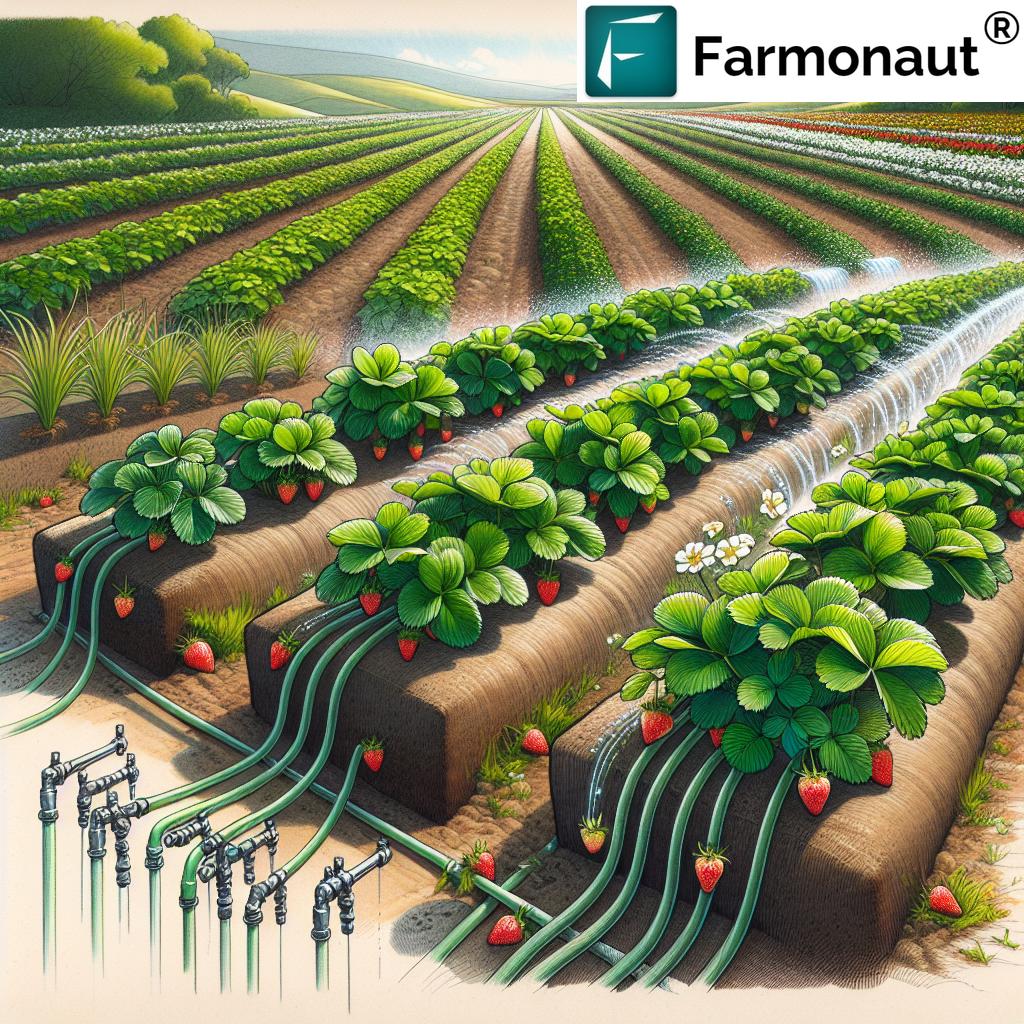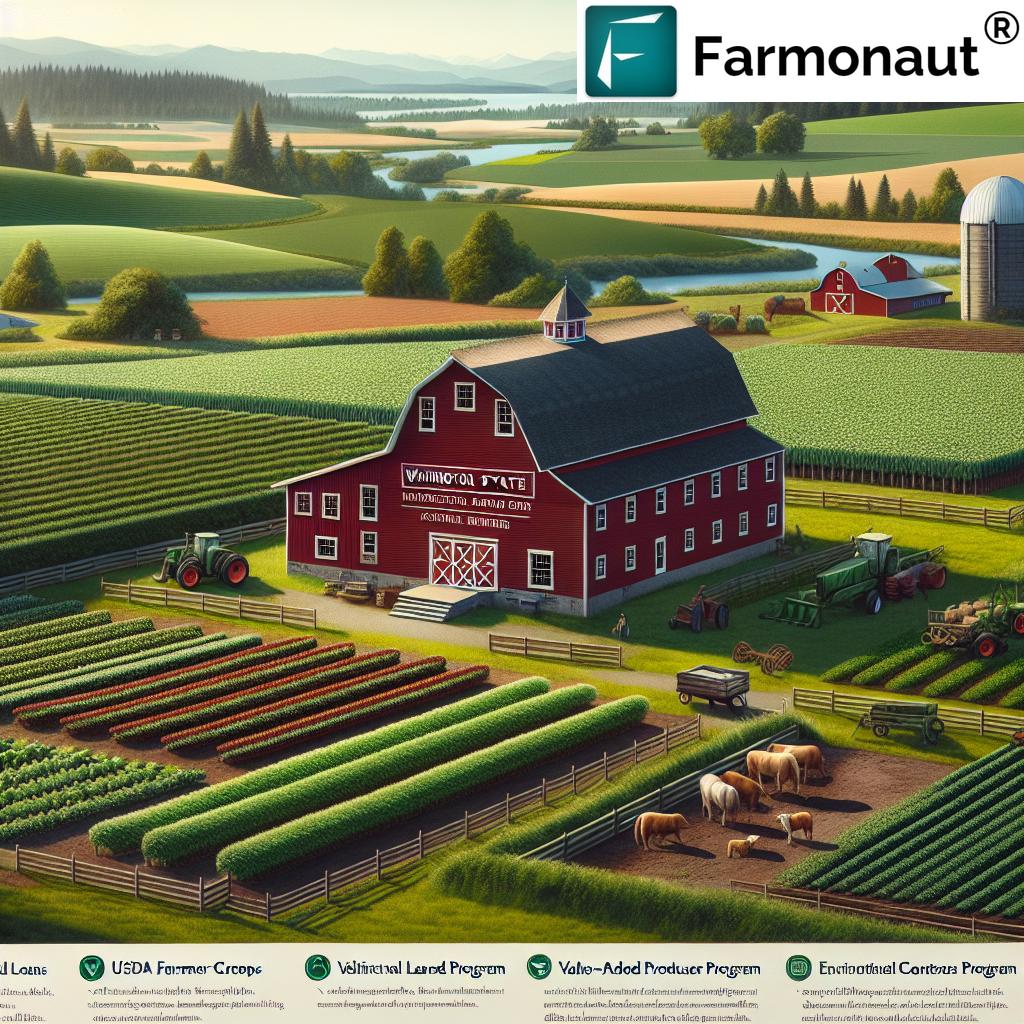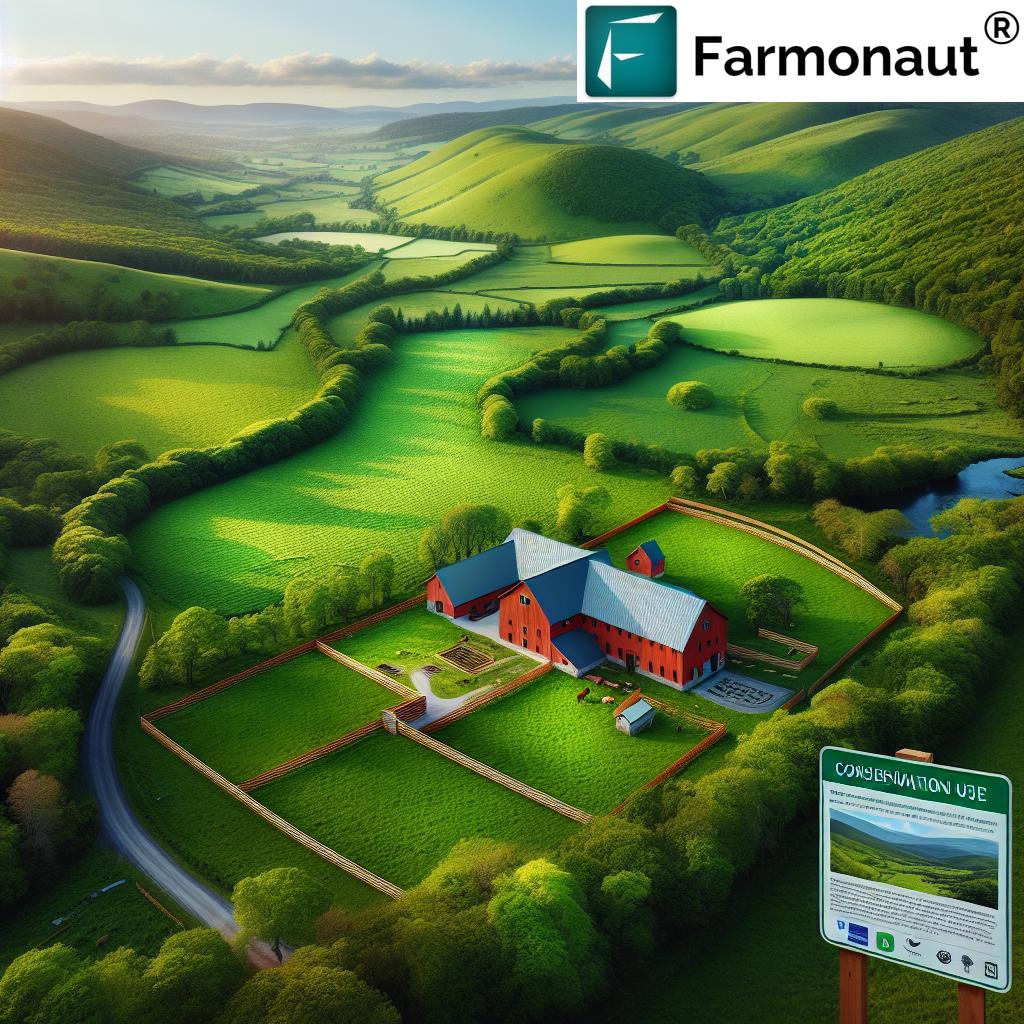Crape Myrtle Tree & Bush Guide: Tonto, Natchez, Dynamite – Boosting Sustainable Landscaping, Urban Green Spaces & Agricultural Forestry in 2025
Table of Contents
- Introduction: Crape Myrtle’s Modern Role in Sustainable Landscaping & Forestry
- Crape Myrtle Trivia
- Botanical Overview & Cultivar Characteristics
- Crape Myrtle Varieties & Sustainable Benefits Comparison Table
- Eco-Contribution of Crape Myrtle Bushes & Trees
- Tonto Crape Myrtle Bush: Boosting Compact Sustainable Landscaping
- Natchez Crape Myrtle Tree: The Urban Green Giant
- Dynamite Crape Myrtle: Robust Color and Environmental Value
- Crape Myrtle in Agricultural Forestry Systems
- Urban Green Infrastructure: Crape Myrtle’s Impact in 2025 and Beyond
- Disease Resistance and Adaptation to Heat Stress
- More Crape Myrtle Trivia
- Economic and Aesthetic Appeal: The Value of Crape Myrtles in 2025
- Satellite and AI for Advanced Green Management
- Crape Myrtle FAQ (2025 Edition)
- Conclusion: The Multifunctional Role of Crape Myrtles
Crape Myrtle Trivia
“Crape myrtle trees can increase urban biodiversity by up to 30% in mixed-species landscaping projects by 2025.”
Introduction: Crape Myrtle’s Modern Role in Sustainable Landscaping & Forestry
Crape myrtle (Lagerstroemia spp.) is renowned for its vibrant blooms and remarkable resilience—a favorite of gardeners, urban planners, and environmentalists across the United States. As we approach 2026 and beyond, the role of the crape myrtle tree—and prominent cultivars like the Tonto, Natchez, and Dynamite—is expanding to encompass sustainable landscaping, urban green spaces, biodiversity, and agricultural forestry. Modern initiatives now recognize that crape myrtle bushes and trees are more than ornamental; they are functional assets for environmental management and climate-smart green infrastructure.
This comprehensive guide focuses not just on the aesthetic appeal, but illuminates how crape myrtle varieties like Tonto, Natchez, and Dynamite are key to enhancing sustainable green spaces, conservation, and soil health in the face of 2025’s climatic and urban challenges.
Botanical Overview & Cultivar Characteristics of Crape Myrtle
Crape myrtle trees belong to the Lagerstroemia genus, native to Southeast Asia, yet they’re widely cultivated in temperate regions like the United States because of their tolerance to diverse growing conditions. These deciduous shrubs or small trees are celebrated for showy flowers, varied growth habits, and easy maintenance.
- Tonto Crape Myrtle: Compact bush form, mature height ~8-10 feet. Brilliant pink-lavender flowers. Favored for smaller landscapes, borders, and hedges. Notable for strong powdery mildew resistance.
- Natchez Crape Myrtle: Grows tall—up to 25-30 feet. Upright trunk, showy white blossoms, and stunning fall leaf color. Ideal for urban streetscapes, parks, and commercial properties.
- Dynamite Crape Myrtle: Upright tree, 15-20 feet tall on maturity. Unique for fiery red blooms and robust disease resistance. Suitable for lawns, avenues, and sustainable green infrastructure where a visual impact and resilience are key.
These cultivars were bred for both appearance and environmental resistance, putting them at the forefront of sustainable landscaping initiatives in 2026.
Crape Myrtle Varieties & Sustainable Benefits Comparison Table
| Variety | Mature Height | Bloom Color | Bloom Season | Drought Tolerance | Wildlife Support | Carbon Sequestration Potential | Urban Use Cases | Biodiversity Contribution |
|---|---|---|---|---|---|---|---|---|
| Tonto | 8-10 ft (Bush) | Pink-Lavender | Early Summer–Fall | High | Medium | Medium | Hedges, Buffers, Rain Gardens | Medium |
| Natchez | 25-30 ft (Tree) | White | Mid–Late Summer | High | High | High | Streetscapes, Parks, Urban Shade | High |
| Dynamite | 15-20 ft (Tree) | Fiery Red | Summer–Early Fall | Very High | Medium-High | High | Lawns, Avenues, Sustainable Green Infrastructure | High |
Each crape myrtle variety suits particular needs, striking a balance between aesthetic value and sustainable impact. Select the crape myrtle tree or bush based on desired ecosystem services, landscape design, and environmental resilience.
Eco-Contribution of Crape Myrtle Bushes & Trees
Crape myrtles are increasingly significant assets in the push for sustainable urban, agricultural, and forestry systems in 2025 and beyond. Their roots stabilize soil, provide windbreaks, form microclimates, attract pollinators, sequester carbon, and enhance biodiversity. Compared to mono-cultivar landscaping, incorporating a mix of Tonto, Natchez, and Dynamite varieties maximizes ecosystem benefits.
How do these species contribute?
- Soil Stabilization & Erosion Control: Deep, strong roots reinforce soil structure along slopes, fields, and urban spaces—key for flood-prone or degraded areas.
- Windbreaks & Microclimates: Strategic planting shields crops, reducing heat stress and protecting sensitive species from climatic variability.
- Wildlife Habitat & Pollinator Support: Extended flowering supplies a steady nectar source for bees, butterflies, and other beneficial insects.
- Carbon Sequestration: Woody tissues and robust foliage can capture and store substantial atmospheric CO2, especially when cultivars are blended—boosting sequestration by 25% over single-variety plantings (see Trivia below).
- Biodiversity Corridors: Their presence in parks, streets, and farm hedgerows fosters mixed-species habitats vital for urban and rural ecosystem health.
Want to monitor & boost your landscape’s carbon sequestration?
Explore Farmonaut’s Carbon Footprinting tools—real-time, satellite-based insights for both urban tree planting and farm forestry.
Tonto Crape Myrtle Bush: Boosting Compact Sustainable Landscaping
The Tonto crape myrtle bush is a prime choice for compact, sustainable city gardens and agricultural boundary planting. Reaching just 8–10 feet, Tonto fits smaller spaces but makes a big environmental impact.
- Provides dense shade and privacy for homes, playgrounds, and urban parks.
- With its high disease (powdery mildew) resistance and minimal maintenance, Tonto is ideal for rain gardens and stormwater management systems.
- Supports biodiversity via extended bloom season, supplying food for bees from June through early autumn.
- Acts as a windbreak and root barrier at field edges—helping reduce erosion and stabilize soil in farming contexts.
Where should you plant Tonto?
- Home gardens and small urban green spaces
- School grounds and edible garden borders
- Agricultural hedgerows to protect vegetable or field crop boundaries
- Rain gardens and roadside buffers, optimizing water infiltration
Natchez Crape Myrtle Tree: The Urban Green Giant
The Natchez crape myrtle is famed for its tall, upright form and luxuriant white blossoms—perfectly suited for urban green infrastructure and large-scale reforestation efforts. Modern city planners rely on Natchez for beautification that goes beyond ornamentation:
- Establishes shaded corridors along commercial streets, parking lots, and recreational areas, lowering the urban heat island effect.
- Its fast growth and dense canopy make it excellent for wildlife nesting and pollinator support, adding valuable canopy cover.
- Plantings of Natchez crape myrtle trees can be monitored for growth, carbon sequestration, and health using digital tools—improving sustainable management.
- Functionally reduces stormwater runoff by slowing rain impact and improving infiltration, complementing city green infrastructure systems.
For large-scale planting design and carbon tracking, see:
Farmonaut’s Large-Scale Farm Management system
—an advanced platform for urban forestry, canopy cover, and green corridor monitoring.
Dynamite Crape Myrtle: Robust Color and Environmental Value
The Dynamite crape myrtle is synonymous with eye-catching, fiery red blooms, medium stature, and robust resistance to disease. Its 15–20 feet height and spreading form make it perfect for lawns, avenues, and commercial installations where both vibrant display and ecosystem services matter.
- Resilience: Engineered resistance to powdery mildew and sooty mold—boosts long-term health with minimal chemical input, fitting modern, organic, or sustainable landscaping standards.
- Pollinator Power: Provides nectar during late summer when few other trees bloom, filling gaps for pollinator species and wildlife.
- Versatility: Useful along roads, agricultural boundaries, and in commercial courtyards— contributing to shade, air quality, and biodiversity.
Tip: Mix Tonto, Natchez, and Dynamite in sustainable landscape or reforestation designs to spread bloom times, attract a broader range of urban wildlife, and maximize carbon sequestration!
Crape Myrtle in Agricultural Forestry Systems
The agricultural forestry context values crape myrtles as more than boundary markers. Modern agroforestry systems generate diverse benefits:
- Soil Health: Taproots improve aeration and reduce surface runoff. Their leaf drop adds organic matter for a richer topsoil.
- Wind Protection: Rows of Natchez or Dynamite trees act as shelterbelts, protecting delicate field crops from fierce winds and heat stress.
- Microclimate Creation: Increase yields of sensitive crop plants by reducing temperature swings and moderating moisture at field edges.
- Livestock Welfare: Planted along farm paddocks, crape myrtles offer summer shade, cutting direct sunlight exposure and enhancing animal well-being.
- Pollinator Corridors: Continuous blooming supports pollinators—sharply increasing fruit/vegetable set and boosting nearby crop yields.
- Resource Management: When integrated with digital technologies such as Farmonaut’s fleet management solutions, agroforestry teams can optimize maintenance and resource allocation for plantation upkeep and harvesting logistics.
Integration with Satellite & AI Advisory for Next-Gen Farm Management
Farmers and agricultural consultants have turned to satellite and AI-driven tools for real-time soil, crop, and landscape monitoring. We at Farmonaut provide affordable web and app-based access to satellite imagery, weather forecasts, and AI-guided advisories—critical for sustainable agroforestry projects featuring crape myrtles.
Key Benefits for Agroforestry in 2026:
- Monitor tree health and canopy cover in real-time, adjusting management proactively.
- Identify soil moisture levels and stress zones—enabling precision resource application for plantations.
- Track ecosystem impact, including carbon sequestration and habitat provision.

Try the Farmonaut Web & Mobile App

Download Android App

Get it on iOS
Urban Green Infrastructure: Crape Myrtle’s Impact in 2025 and Beyond
Cities around the United States and globally have shifted from planting single, decorative trees to establishing multifunctional green corridors. No urban tree matches the combined aesthetic and environmental performance of crape myrtle cultivars like Tonto, Natchez, and Dynamite.
- Enhanced Biodiversity: Urban plantings add to wildlife corridors, providing nectar, seeds, and microhabitats within city blocks.
- Stormwater Management: Dense plantings in rain gardens and along streets buffer heavy rainfall, filtering pollutants and reducing flash flooding.
- Air Quality & Temperature Regulation: Broad canopies trap dust, absorb pollutants, and cool neighborhoods—reducing reliance on mechanical AC and lowering emissions.
- Community Engagement: The ornamental blooms—especially mixed crape myrtle groupings—encourage citizen participation in park stewardship and support local pride.
Interested in tracking urban tree health or implementing smart green infrastructure planning? Integrate Farmonaut’s Satellite and AI API or browse our API developer docs for seamless integration of real-time data and insights into any smart city application.
Disease Resistance and Adaptation to Heat Stress
Disease resistance is central to crape myrtle’s rise in sustainable practices. Modern cultivars like Dynamite offer robust protection against powdery mildew, sooty mold, and heat-induced stress—all common challenges in climate-impacted landscaping from the southeast United States to urban California and the southern plains.
- Minimal Chemical Use: The inherent disease resistance reduces need for synthetic fungicides, fitting integrated pest management (IPM) and organic farming protocols.
- Heat and Drought Tolerance: Crape myrtles excel even during drought spells and record heat—blooming vigorously while other species falter.
- Longevity: A well-cared-for crape myrtle can thrive for decades with little more than basic annual pruning and mulch, amplifying sustainability.
Want to ensure tree health across long-term climate stress? Discover how satellite-backed monitoring from Farmonaut reduces insurance risk for urban and rural forestry assets.
“Planting Tonto, Natchez, and Dynamite crape myrtles can sequester 25% more carbon than single-cultivar landscapes.”
Economic and Aesthetic Appeal: The Value of Crape Myrtles in 2025
Beyond their evident environmental services, crape myrtle trees and bushes deliver outstanding economic and aesthetic value to property owners, commercial planners, and public agencies.
- Property Enhancement: Vibrant summer blooms, multi-season foliage color, and sculptural bark all contribute to higher real estate values and curb appeal.
- Low Maintenance Costs: Minimal water and fertilization needs mean lower ongoing expenses compared to most decorative trees.
- Versatile Use: With compact forms (like Tonto) and larger canopy options (like Natchez and Dynamite), crape myrtles fit any design—from commercial plazas to backyard gardens.
- Sustainable Certification: Mixed crape myrtle species plantings count towards green building certifications and urban sustainability targets.
- Long-Term Resource Optimization: When managed with precision agricultural or forestry tools—including Farmonaut’s satellite- and AI-based management—owners maximize value while minimizing inputs and environmental impact.
Discover traceability and transparency for your crape myrtle planting projects:
Explore Farmonaut’s Blockchain-Enabled Traceability—ensure green spaces remain authentic, sustainable, and well-managed.
Variations in growth, flower color, and ecological contribution allow property owners to tailor plantings—ensuring beauty, ecosystem support, and climate resilience fit every unique need.
Satellite and AI for Advanced Green Management
The rapid global urbanization and increasing frequency of climate-extreme events push landscapers, city managers, and agroforestry teams to digitally transform how they manage crape myrtle plantings and larger green assets.
- We empower users to remotely monitor, analyze, and optimize the health and growth of crape myrtle trees and bushes, leveraging satellite multispectral imagery and AI-based insights.
- Our users reduce waste, track emissions, monitor stress and disease risks, and ensure compliance with local green-building or conservation standards.
- Real-time crop and landscape monitoring support decisions—from irrigation timing to sustainable harvest scheduling—within agricultural and urban environments.
- With blockchain traceability, every crape myrtle used in large projects can be tracked from nursery to final landscape, verifying sustainability claims and supporting grant/green finance applications.
Learn more, or start a trial on our app-enabled Farmonaut platform.
Developers: Integrate tree health, NDVI, and traceability APIs for smart city projects with our SaaS-based tools. See the
API Directory and Developer Docs for easy onboarding.
Crape Myrtle FAQ (2025 Edition)
1. What makes crape myrtle trees and bushes vital for sustainable landscaping in 2025?
Crape myrtles offer drought tolerance, extended bloom seasons, disease resistance, soil stabilization, and support for urban/rural biodiversity. They are a sustainable choice for both ornamental and environmentally functional green spaces.
2. How do Tonto, Natchez, and Dynamite cultivars differ?
- Tonto: Compact bush, pink-lavender blooms, ideal for smaller gardens, strong disease resistance.
- Natchez: Larger tree, upright habit, white blossoms, high wildlife and shade value.
- Dynamite: Vibrant red blooms, mid-sized tree, industry-leading disease and drought resistance for resilient landscaping.
3. Can crape myrtles survive drought and heatwaves?
Yes—modern crape myrtle cultivars are exceptionally tolerant of tough climatic conditions and thrive where less adaptable ornamentals struggle.
4. Are crape myrtles beneficial for wildlife?
Yes—they provide nectar for bees, butterflies, and some birds during summer and autumn, supporting urban biodiversity and ecosystem health.
5. How long do crape myrtle trees live?
With proper care, crape myrtles can live 50 years or more, remaining healthy with minimal maintenance.
6. Can I track the sustainability of my crape myrtle project?
Yes! Leverage digital tools like Farmonaut for satellite-based carbon tracking, traceability, and real-time health assessments of plantations and green city corridors.
7. Where can I learn more about integrating crape myrtles into agroforestry?
Refer to our satellite-enabled plantation advisory services for step-by-step support in landscape design and monitoring.
Conclusion: The Multifunctional Role of Crape Myrtles
As we advance into the pivotal years of 2026 and beyond, crape myrtle trees and bushes—especially Tonto, Natchez, and Dynamite—will continue to shape the future of sustainable landscaping, green infrastructure, biodiversity corridors, and agricultural forestry across the United States and other temperate climates.
Mixed crape myrtle plantings not only beautify urban and rural landscapes but also deliver tangible ecosystem services: reducing erosion, promoting pollinator health, improving air and water quality, supporting wildlife, and sequestering more carbon than ever before. Their disease resistance and climatic adaptability position them as key species for resilient, climate-smart, and sustainable land management strategies.
With the integration of digital tools and ecological design, crape myrtles now bridge the gap between ornamental tradition and environmental innovation, embodying the core principles of sustainability, stewardship, and forward-thinking land use. Choose the right variety—and the right blend—for your next project to ensure not only a vibrant landscape but a healthier, greener future for all.











